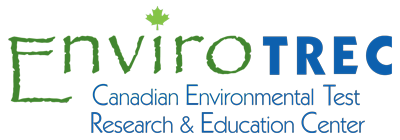In the 1980s, Pratt & Whitney began working with additive manufacturing, also known as 3-D printing. Since then, the company has produced more than 100,000 prototype parts. Hundreds of those have been supporting the development of Pratt & Whitney’s new engine family, the PurePower® Geared Turbofan™ engine.
Now, the first ever entry-into-service parts using metal additive manufacturing are being produced for Pratt & Whitney’s PurePower PW1500G engines. These engines will be used exclusively by Bombardier in its CSeries aircraft family.
Having pioneered the development and production of powder metal nickel-based superalloys, Pratt & Whitney can complete the entire additive process at its own locations. It is a complex value stream in which quality is foremost in every step.
By putting the right tools in the hands of engineers, Pratt & Whitney is able to use the additive process to create advanced designs that previously were impossible to produce. Once engineers create CAD files for a part, build files are created. Engineers determine the optimal orientation for a part in the build, then create a layout on a build plate. Machine parameters are assigned and the layout is sliced into individual layers to create a build file. Then, manufacturing begins.
In the laser powder bed fusion process, the files are input into the machine and nickel powder is run through a sieving process to maintain the highest quality. The powder is then loaded into the machine. In the build chamber, the powder is spread into a thin layer across the build plate. A high-powered optic laser is used to melt the metal powder in specific locations dictated by the build file.
The process is repeated multiple times for each of the layers. Once it’s completed, it’s allowed to cool before the machine is opened. Post processing is as critical in completing the part as the build and complements the build process. There may be multiple thermal processes affecting both material properties such as strength, hardness and ductility.
Various surface finishing techniques may be required for aerodynamic performance and mechanical properties such as fatigue strength. Additionally, five axis milling can achieve tighter tolerances for critical surfaces. The use of 3-D scanning in addition to several other inspection and testing techniques ensure the highest quality additive manufactured parts are being installed into our Dependable Engines.
With up to 15 months of lead time savings compared to conventional manufacturing, Pratt & Whitney will continue leveraging additive manufacturing technology to develop innovative applications across all product lines.
Pratt & Whitney sees a bright future using additive manufacturing as a complement to our other advanced manufacturing technologies. This provides the highest level of performance and quality to our customers.
Source: Pratt & Whitney News
